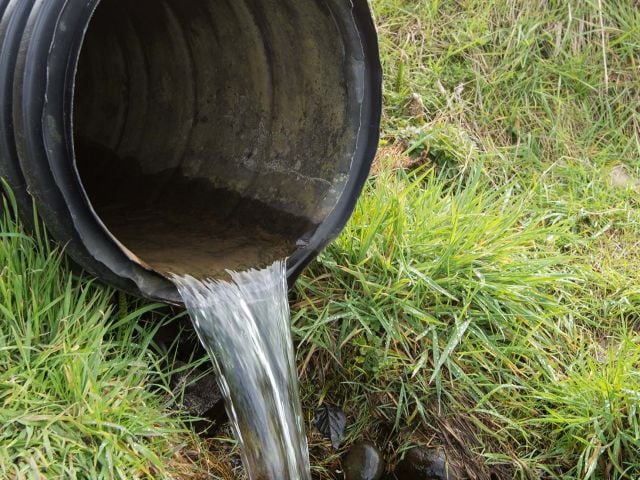Update to EWG petition to EPA concerning DuPont's response to EPA's inquiry of possible TSCA Section 8(e) substantial risk reporting violations
NOTE: 12 AUGUST 2004 | DuPont is continuing to make the same excuses to the Environmental Protection Agency (EPA) on their violations of federal law. This analysis by EWG of DuPont's 2003 response to...








